General Knowledge of India: A Comprehensive Overview Part 3
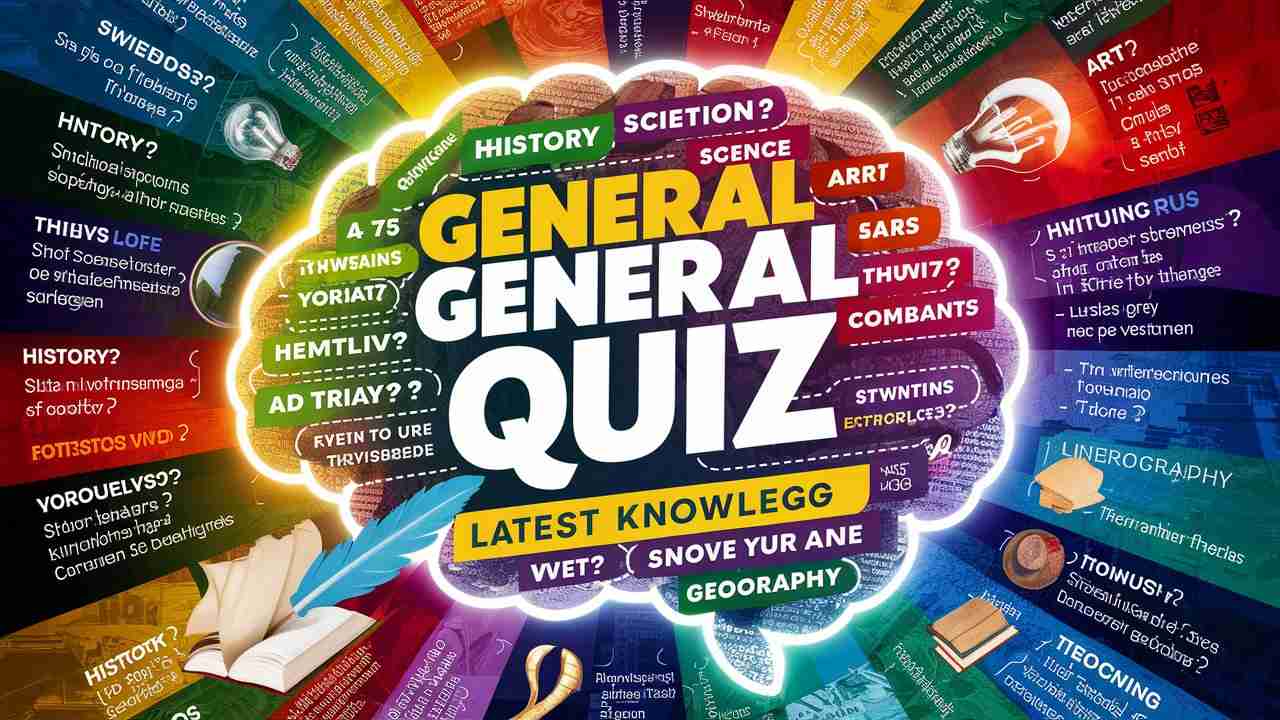
General Knowledge Quize
General Knowledge of India: A Comprehensive Overview Part 3
India, a country with a rich history and diverse culture, is a land of fascinating contrasts and remarkable achievements. From its vibrant traditions to its technological advancements, India has left an indelible mark on the global stage. This comprehensive general knowledge quiz on India covers various aspects, including history, geography, politics, science, culture, and more, designed to test your understanding of this incredible nation.
Historical Significance
India’s history is an intricate tapestry of ancient civilizations, empires, and freedom struggles. Figures like Mahatma Gandhi, Jawaharlal Nehru, and Sardar Vallabhbhai Patel are renowned for their pivotal roles in India’s fight for independence. Additionally, the Mughal Empire, the British Raj, and the adoption of the Constitution in 1950 all shaped India into the democratic republic it is today.
Geography and Natural Wonders
India’s geography is as diverse as its people. The country is home to a vast range of physical features, from the towering Himalayas in the north to the expansive Thar Desert in the west. It is crisscrossed by major rivers like the Ganga, Brahmaputra, and Godavari, which sustain millions of lives. The quiz also highlights India’s rich biodiversity, including the Bengal Tiger, the national animal, and the magnificent Peacock, the national bird.
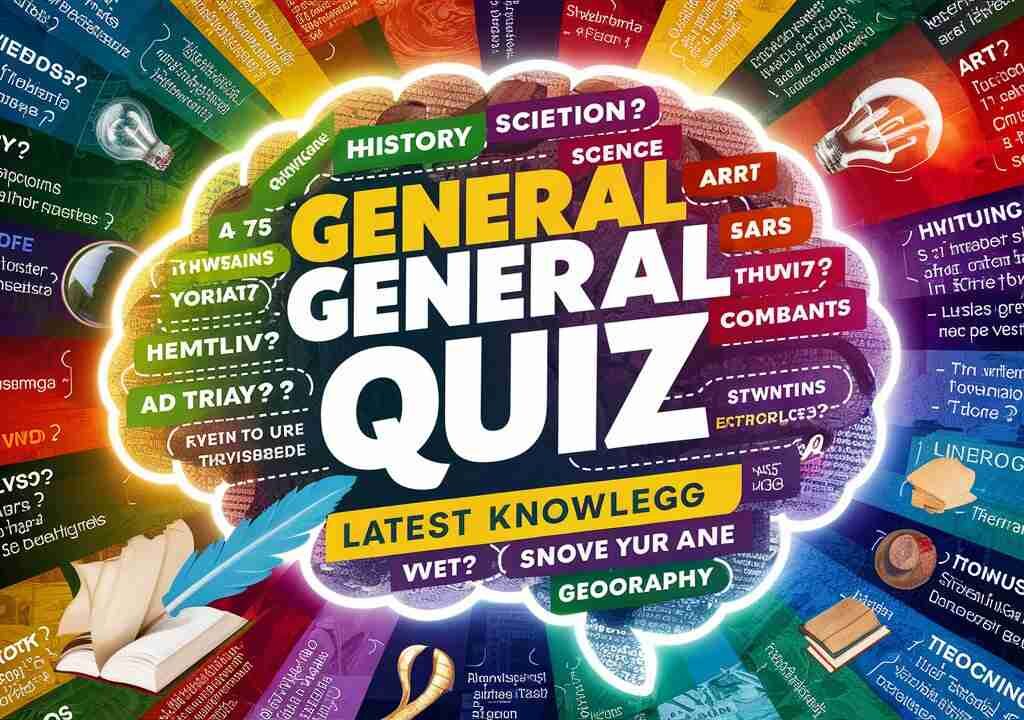
Cultural Heritage
India’s cultural landscape is unique, enriched by classical dance forms such as Bharatanatyam, Kathak, and Odissi, as well as various festivals, languages, and traditions. The quiz includes questions on key cultural symbols, such as the Lotus (national flower) and the Banyan Tree (national tree), which have deep spiritual and historical significance. India’s art and literature, notably represented by Nobel laureate Rabindranath Tagore, further contribute to its cultural wealth.
Scientific Achievements and Global Influence
India has made remarkable strides in science and technology, launching satellites like Aryabhata and achieving milestones in space exploration with missions such as Chandrayaan and Mangalyaan. The country has also developed nuclear power and maintains one of the largest armies in the world. The quiz touches upon these achievements while acknowledging India’s contributions to global peace and innovation.
Politics and Governance
India’s political framework, based on its Constitution, is the largest democracy in the world. Key political leaders, such as Indira Gandhi, India’s first woman Prime Minister, and influential presidents like Dr. A. P. J. Abdul Kalam, have shaped the nation’s governance. The country’s electoral process and structure of government serve as a model for many other nations.
Sports and Global Recognition
1. Which city is known as the “Pink City” of India?
- a) Udaipur
- b) Jaipur
- c) Jodhpur
- d) Ajmer
Answer: b) Jaipur
Explanation: Jaipur is known as the “Pink City” due to the distinct color of its buildings, which were painted pink to welcome the Prince of Wales in 1876.
2. Who was the first Indian to win a Nobel Prize in Physics?
- a) Subrahmanyan Chandrasekhar
- b) Homi Bhabha
- c) C. V. Raman
- d) Vikram Sarabhai
Answer: c) C. V. Raman
Explanation: C. V. Raman won the Nobel Prize in Physics in 1930 for his discovery of the Raman Effect, a fundamental phenomenon in the scattering of light.
3. Which state in India is known for the Kumbh Mela, the largest religious gathering?
- a) Maharashtra
- b) Uttar Pradesh
- c) Madhya Pradesh
- d) Gujarat
Answer: b) Uttar Pradesh
Explanation: The Kumbh Mela, a major Hindu pilgrimage and the largest religious gathering in the world, is held in cities like Allahabad (Prayagraj) and Haridwar, located in Uttar Pradesh.
4. Who was the first female Governor of an Indian state?
- a) Indira Gandhi
- b) Sarojini Naidu
- c) Pratibha Patil
- d) Sucheta Kripalani
Answer: b) Sarojini Naidu
Explanation: Sarojini Naidu became the first female Governor of an Indian state, serving as the Governor of Uttar Pradesh from 1947 to 1949.
5. Which Indian state is the largest producer of natural rubber?
- a) Kerala
- b) Tamil Nadu
- c) Karnataka
- d) Assam
Answer: a) Kerala
Explanation: Kerala is the largest producer of natural rubber in India, accounting for over 90% of the country’s total rubber production.
6. Which year is considered the start of India’s Five-Year Plans?
- a) 1947
- b) 1951
- c) 1962
- d) 1974
Answer: b) 1951
Explanation: The First Five-Year Plan in India was launched in 1951, focusing on the agricultural sector to boost food production.
7. Which Indian scientist is known for the Green Revolution in India?
- a) Verghese Kurien
- b) Homi Bhabha
- c) M. S. Swaminathan
- d) Vikram Sarabhai
Answer: c) M. S. Swaminathan
Explanation: Dr. M. S. Swaminathan is regarded as the father of the Green Revolution in India, which led to increased agricultural production through modern farming techniques.
8. Which Indian state is famous for its Sandalwood production?
- a) Karnataka
- b) Kerala
- c) Tamil Nadu
- d) Andhra Pradesh
Answer: a) Karnataka
Explanation: Karnataka is well known for its production of high-quality sandalwood and is home to the famous Mysore Sandal Soap.
9. Who composed the famous patriotic song “Saare Jahan Se Achha”?
- a) Rabindranath Tagore
- b) Bankim Chandra Chatterjee
- c) Muhammad Iqbal
- d) Subhas Chandra Bose
Answer: c) Muhammad Iqbal
Explanation: The famous patriotic song “Saare Jahan Se Achha” was composed by poet Muhammad Iqbal in 1904.
10. Which city is the capital of the Indian state of Jharkhand?
- a) Ranchi
- b) Jamshedpur
- c) Dhanbad
- d) Bokaro
Answer: a) Ranchi
Explanation: Ranchi is the capital of Jharkhand, which was formed in 2000 after being carved out of Bihar.
11. Which of the following is the southernmost point of India?
- a) Kanyakumari
- b) Rameshwaram
- c) Nicobar Islands
- d) Indira Point
Answer: d) Indira Point
Explanation: Indira Point, located in the Nicobar Islands, is the southernmost point of India.
12. Which Indian state is home to the famous Ajanta and Ellora caves?
- a) Maharashtra
- b) Madhya Pradesh
- c) Gujarat
- d) Rajasthan
Answer: a) Maharashtra
Explanation: The Ajanta and Ellora caves, famous for their rock-cut architecture and ancient Buddhist, Jain, and Hindu art, are located in Maharashtra.
13. What is the currency of Bhutan, which is pegged to the Indian Rupee?
- a) Kyat
- b) Ngultrum
- c) Rupiah
- d) Taka
Answer: b) Ngultrum
Explanation: The Ngultrum is the official currency of Bhutan and is pegged to the Indian Rupee at par.
14. Which Indian Prime Minister initiated the economic liberalization reforms in 1991?
- a) Indira Gandhi
- b) Rajiv Gandhi
- c) P. V. Narasimha Rao
- d) Atal Bihari Vajpayee
Answer: c) P. V. Narasimha Rao
Explanation: The economic liberalization reforms of 1991, which opened up India’s economy to global markets, were initiated under the leadership of Prime Minister P. V. Narasimha Rao and then Finance Minister Dr. Manmohan Singh.
15. Which Indian state is known for the famous Rath Yatra festival?
- a) Tamil Nadu
- b) West Bengal
- c) Odisha
- d) Gujarat
Answer: c) Odisha
Explanation: The Rath Yatra, or Chariot Festival, is one of the most famous festivals in Odisha, celebrated at the Jagannath Temple in Puri.
16. Which Indian monument is known as the “Black Taj”?
- a) Gol Gumbaz
- b) Bibi Ka Maqbara
- c) Charminar
- d) Humayun’s Tomb
Answer: b) Bibi Ka Maqbara
Explanation: Bibi Ka Maqbara, located in Aurangabad, Maharashtra, is often referred to as the “Black Taj” due to its resemblance to the Taj Mahal.
17. Who wrote the book Wings of Fire?
- a) Jawaharlal Nehru
- b) Mahatma Gandhi
- c) A. P. J. Abdul Kalam
- d) Subhas Chandra Bose
Answer: c) A. P. J. Abdul Kalam
Explanation: Wings of Fire is an autobiography of Dr. A. P. J. Abdul Kalam, which chronicles his journey from a humble background to becoming the “Missile Man of India” and the President of India.
18. Which is the largest port in India?
- a) Chennai Port
- b) Jawaharlal Nehru Port
- c) Kandla Port
- d) Vishakhapatnam Port
Answer: b) Jawaharlal Nehru Port
Explanation: Jawaharlal Nehru Port, located in Navi Mumbai, is the largest container port in India and handles a major share of India’s maritime cargo.
19. Which is the tallest statue in the world?
- a) Statue of Liberty
- b) Christ the Redeemer
- c) The Motherland Calls
- d) Statue of Unity
Answer: d) Statue of Unity
Explanation: The Statue of Unity, located in Gujarat, India, is the tallest statue in the world at a height of 182 meters. It is a tribute to Sardar Vallabhbhai Patel.
20. Which Indian state has the highest number of Lok Sabha seats?
- a) Maharashtra
- b) Bihar
- c) Uttar Pradesh
- d) West Bengal
Answer: c) Uttar Pradesh
Explanation: Uttar Pradesh has the highest number of Lok Sabha seats, with 80 out of 543 seats in the Indian Parliament.
21. Who is the first Indian to receive the Nobel Peace Prize?
- a) Mother Teresa
- b) Mahatma Gandhi
- c) Kailash Satyarthi
- d) Jawaharlal Nehru
Answer: a) Mother Teresa
Explanation: Mother Teresa received the Nobel Peace Prize in 1979 for her humanitarian work and service to the poor.
22. What is the national reptile of India?
- a) Python
- b) Cobra
- c) Monitor Lizard
- d) Alligator
Answer: b) Cobra
Explanation: The King Cobra is recognized as the national reptile of India, symbolizing the country’s diverse wildlife.
23. Which Indian city is famous for its diamond cutting and polishing industry?
- a) Jaipur
- b) Surat
- c) Mumbai
- d) Kolkata
Answer: b) Surat
Explanation: Surat, located in Gujarat, is known as the diamond city of India and is a global hub for diamond cutting and polishing.
24. Which Indian state is famous for its backwaters?
- a) Karnataka
- b) Goa
- c) Kerala
- d) Tamil Nadu
Answer: c) Kerala
Explanation: Kerala is famous for its picturesque backwaters, a network of lagoons, lakes, and canals that attract tourists from around the world.
25. Who is considered the father of the Indian space program?
- a) Vikram Sarabhai
- b) A. P. J. Abdul Kalam
- c) Homi Bhabha
- d) Satyendra Nath Bose
Answer: a) Vikram Sarabhai
Explanation: Dr. Vikram Sarabhai is considered the father of the Indian space program, having played a key role in the establishment of ISRO.
26. Which festival is celebrated to mark the end of Ramadan?
- a) Diwali
- b) Holi
- c) Eid al-Fitr
- d) Christmas
Answer: c) Eid al-Fitr
Explanation: Eid al-Fitr is celebrated by Muslims to mark the end of Ramadan, a month of fasting.
27. Which Indian state is known as the “Land of Oranges”?
- a) Himachal Pradesh
- b) Maharashtra
- c) Assam
- d) Meghalaya
Answer: c) Assam
Explanation: Assam is known as the “Land of Oranges” due to its extensive cultivation of oranges, particularly in the district of Tinsukia.
28. Which city is home to the famous India Gate?
- a) Mumbai
- b) Kolkata
- c) New Delhi
- d) Chennai
Answer: c) New Delhi
Explanation: India Gate, located in New Delhi, is a war memorial dedicated to the soldiers who died during World War I.
29. Which Indian scientist won the Nobel Prize in Chemistry?
- a) Har Gobind Khorana
- b) Venkatraman Ramakrishnan
- c) Subrahmanyan Chandrasekhar
- d) C. V. Raman
Answer: b) Venkatraman Ramakrishnan
Explanation: Venkatraman Ramakrishnan won the Nobel Prize in Chemistry in 2009 for his research on the structure of ribosomes.
30. Which Indian city is known as the “Silk City of India”?
- a) Surat
- b) Mysuru
- c) Bhagalpur
- d) Varanasi
Answer: c) Bhagalpur
Explanation: Bhagalpur, in Bihar, is known as the “Silk City of India” due to its production of fine silk, especially Tussar silk.
31. Which city is home to the largest film industry in India, Bollywood?
- a) Kolkata
- b) Mumbai
- c) Chennai
- d) Hyderabad
Answer: b) Mumbai
Explanation: Mumbai is the hub of Bollywood, the largest film industry in India, producing a significant number of Hindi-language films every year.
32. Which Indian state is the leading producer of turmeric?
- a) Kerala
- b) Tamil Nadu
- c) Andhra Pradesh
- d) Karnataka
Answer: c) Andhra Pradesh
Explanation: Andhra Pradesh is the largest producer of turmeric in India, contributing to a major portion of the country’s turmeric production.
33. Who was the first Indian to travel in space as part of NASA’s space missions?
- a) Sunita Williams
- b) Rakesh Sharma
- c) Kalpana Chawla
- d) Ravish Malhotra
Answer: c) Kalpana Chawla
Explanation: Kalpana Chawla was the first Indian-born woman to travel in space as part of NASA’s Space Shuttle Columbia mission in 1997.
34. Which city is known as the “Queen of the Arabian Sea”?
- a) Mangalore
- b) Goa
- c) Kochi
- d) Kanyakumari
Answer: c) Kochi
Explanation: Kochi, located in Kerala, is often referred to as the “Queen of the Arabian Sea” due to its historic significance as a major port city.
35. Who was the first female President of India?
- a) Pratibha Patil
- b) Indira Gandhi
- c) Sarojini Naidu
- d) Meira Kumar
Answer: a) Pratibha Patil
Explanation: Pratibha Patil became the first female President of India in 2007 and served until 2012.
36. Which is the oldest paramilitary force in India?
- a) Border Security Force (BSF)
- b) Central Reserve Police Force (CRPF)
- c) Assam Rifles
- d) Indo-Tibetan Border Police (ITBP)
Answer: c) Assam Rifles
Explanation: Assam Rifles is the oldest paramilitary force in India, established in 1835 under British rule, primarily for maintaining law and order in the northeastern regions.
37. Which state is famous for the Meenakshi Temple?
- a) Karnataka
- b) Tamil Nadu
- c) Andhra Pradesh
- d) Kerala
Answer: b) Tamil Nadu
Explanation: The Meenakshi Temple, located in Madurai, Tamil Nadu, is one of the most famous temples in South India, dedicated to Goddess Meenakshi (a form of Parvati).
38. Which Indian state is the largest producer of sugarcane?
- a) Tamil Nadu
- b) Maharashtra
- c) Uttar Pradesh
- d) Karnataka
Answer: c) Uttar Pradesh
Explanation: Uttar Pradesh is the largest producer of sugarcane in India, contributing a significant share to the country’s total production.
39. Who was the first person to receive the Bharat Ratna posthumously?
- a) Sardar Vallabhbhai Patel
- b) Jawaharlal Nehru
- c) Lal Bahadur Shastri
- d) B. R. Ambedkar
Answer: c) Lal Bahadur Shastri
Explanation: Former Prime Minister Lal Bahadur Shastri was the first person to receive the Bharat Ratna posthumously in 1966, in recognition of his leadership during the Indo-Pak War of 1965.
40. Which river is considered the lifeline of Gujarat?
- a) Sabarmati
- b) Narmada
- c) Tapi
- d) Mahi
Answer: b) Narmada
Explanation: The Narmada River is considered the lifeline of Gujarat as it provides water for irrigation and drinking purposes across the state.
41. Which city is known as the “Steel City of India”?
- a) Bokaro
- b) Jamshedpur
- c) Rourkela
- d) Bhilai
Answer: b) Jamshedpur
Explanation: Jamshedpur, located in Jharkhand, is known as the “Steel City of India” because it is home to Tata Steel, one of the largest steel plants in India.
42. Which Indian river is referred to as “Dakshina Ganga” (Ganges of the South)?
- a) Godavari
- b) Krishna
- c) Kaveri
- d) Mahanadi
Answer: a) Godavari
Explanation: The Godavari River is often referred to as “Dakshina Ganga” due to its significance and length, as it is the longest river in peninsular India.
43. Who was the first recipient of the Dadasaheb Phalke Award?
- a) Raj Kapoor
- b) Prithviraj Kapoor
- c) Devika Rani
- d) B. N. Sircar
Answer: c) Devika Rani
Explanation: Devika Rani, a famous actress and producer, was the first recipient of the Dadasaheb Phalke Award in 1969, India’s highest award in cinema.
44. Which state is known as the “Spice Garden of India”?
- a) Kerala
- b) Karnataka
- c) Andhra Pradesh
- d) Tamil Nadu
Answer: a) Kerala
Explanation: Kerala is known as the “Spice Garden of India” due to its vast cultivation of spices like black pepper, cardamom, cloves, and cinnamon.
45. Who is known as the “Napoleon of India” due to his military conquests?
- a) Chandragupta Maurya
- b) Ashoka
- c) Samudragupta
- d) Harsha
Answer: c) Samudragupta
Explanation: Samudragupta, a ruler of the Gupta Empire, is often referred to as the “Napoleon of India” for his extensive military conquests across northern and central India.
46. Which festival is called the “Festival of Lights” in India?
- a) Holi
- b) Pongal
- c) Diwali
- d) Baisakhi
Answer: c) Diwali
Explanation: Diwali, also known as the “Festival of Lights,” is celebrated across India to signify the victory of light over darkness and good over evil.
47. Which Indian state has the highest per capita income?
- a) Gujarat
- b) Maharashtra
- c) Haryana
- d) Goa
Answer: d) Goa
Explanation: Goa has the highest per capita income in India, thanks to its thriving tourism industry, mining, and agriculture.
48. Who among the following was the first woman Chief Minister of an Indian state?
- a) Indira Gandhi
- b) Sucheta Kripalani
- c) Jayalalithaa
- d) Mayawati
Answer: b) Sucheta Kripalani
Explanation: Sucheta Kripalani became the first woman Chief Minister of an Indian state, serving as the Chief Minister of Uttar Pradesh from 1963 to 1967.
49. Which state in India is known for Saffron production?
- a) Himachal Pradesh
- b) Jammu & Kashmir
- c) Uttarakhand
- d) Punjab
Answer: b) Jammu & Kashmir
Explanation: Jammu & Kashmir is known for its high-quality saffron production, which is cultivated in regions like Pampore.
50. Who was the first Indian cricketer to score 10,000 runs in Test cricket?
- a) Sachin Tendulkar
- b) Kapil Dev
- c) Sunil Gavaskar
- d) Rahul Dravid
Answer: c) Sunil Gavaskar
Explanation: Sunil Gavaskar became the first Indian cricketer to score 10,000 runs in Test cricket in 1987.
50 General Knowledge of India PART 2
About the Author
Sisir Mondal
Administrator
My name is SISIR MONDAL, I complete my graduate from University of Kalyani , West Bengal, India . I am like to build WordPress website and also developing this type of website . If you want your website , you can contact me trough email. thanks to visit this site.
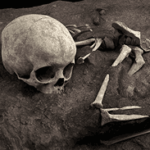
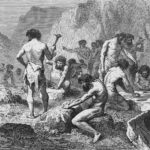
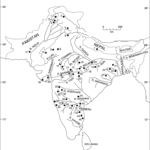
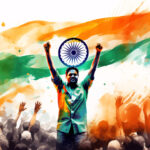
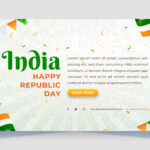
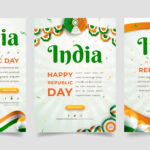
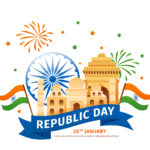
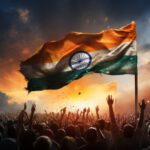
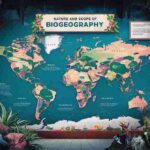
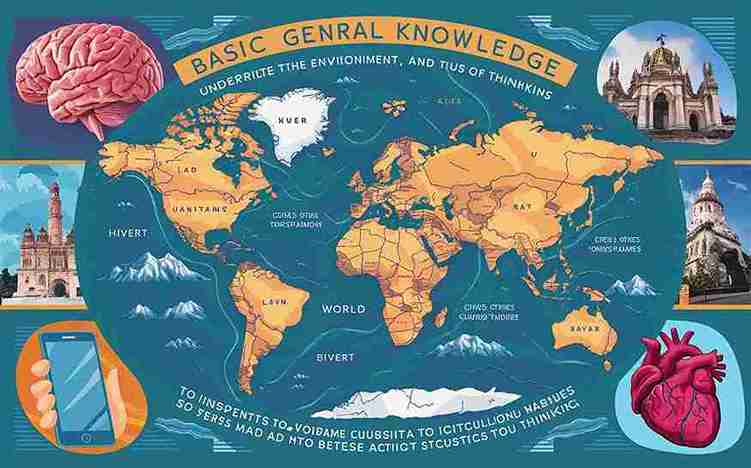
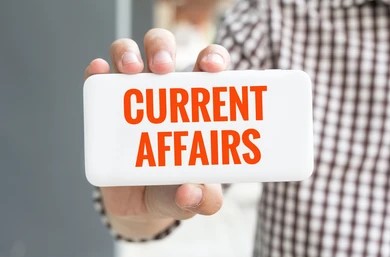
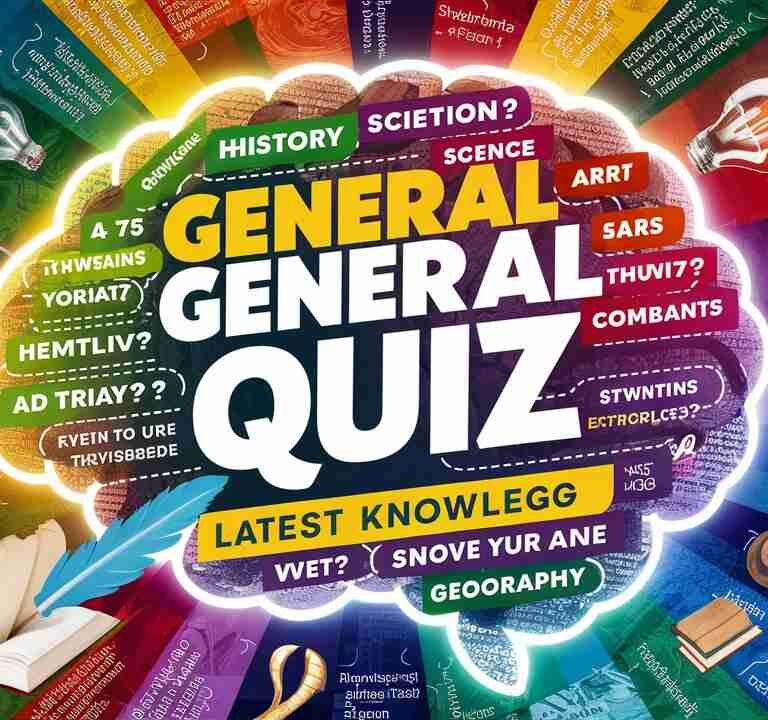



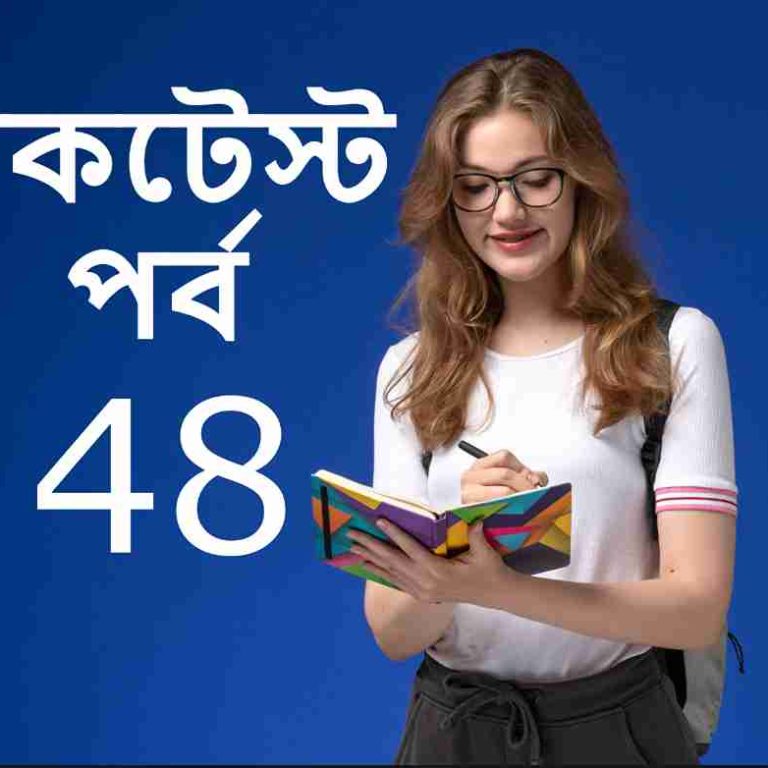
Sosyal medya fenomeni SEO hizmetleri ile Google sıralamalarında ciddi bir artış sağladık. http://royalelektrik.com/esenyurt-elektrikci/
bwin+login
https://cerebrointegral.com/aloh.php?candi=jonbet
bet fast